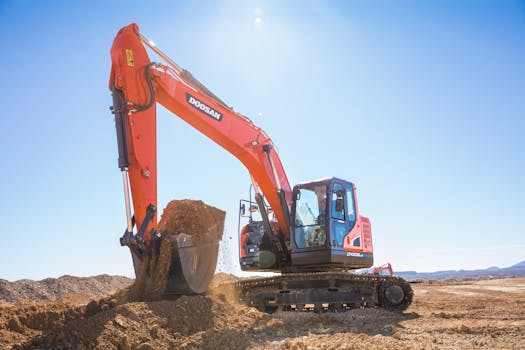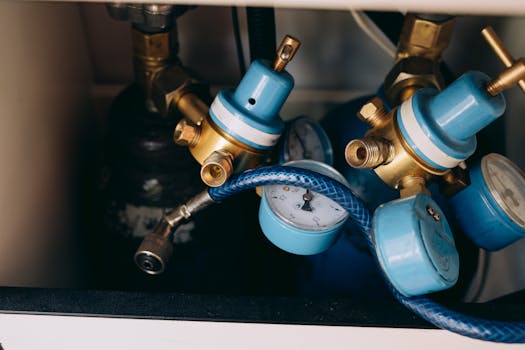
Understanding the Basics of Hydraulics and Pneumatics: A Comprehensive Guide
Takeaways: Hydraulics and pneumatics are essential technologies used in various industries. This article covers the fundamental principles, key components, and differences between these two systems, providing a solid foundation for understanding their applications.
Hydraulics and pneumatics are two types of fluid power systems that utilize liquids and gases, respectively, to transmit power efficiently. From construction equipment to manufacturing processes, these systems play a crucial role in modern engineering and machinery.
What is Hydraulics?
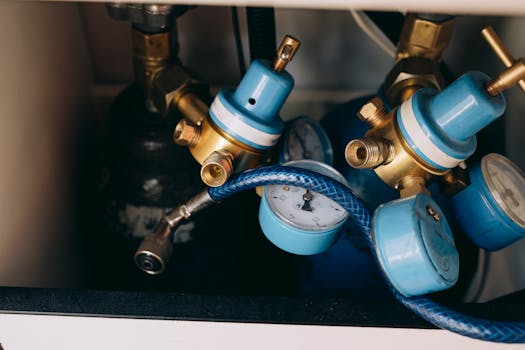
The primary components of hydraulic systems include:
- Hydraulic Fluid: The medium that transmits power, typically oil, which also lubricates and cools the system.
- Pumps: Devices that convert mechanical energy into hydraulic energy, creating flow and pressure.
- Actuators: Components that convert hydraulic energy back into mechanical energy, such as hydraulic cylinders and motors.
- Valves: Control the flow and direction of hydraulic fluid, ensuring that the system operates efficiently and safely.
Hydraulic systems are renowned for their ability to lift heavy loads and provide precise control. Common applications include excavators, forklifts, and manufacturing machinery.
What is Pneumatics?
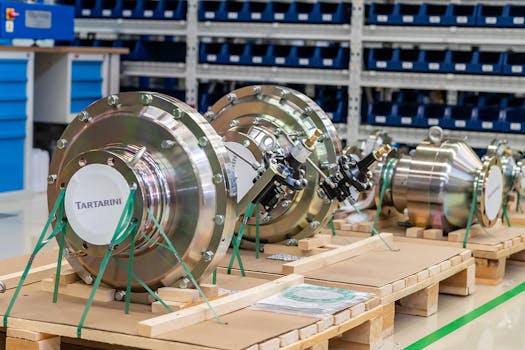
Key components of pneumatic systems include:
- Compressed Air Source: Typically an air compressor that increases the pressure of ambient air for use in the system.
- Actuators: Similar to hydraulics, pneumatic systems use cylinders or motors to convert compressed air energy into mechanical work.
- Valves: Manage the flow and pressure of the compressed air, ensuring the system operates as intended.
- Hoses and Tubing: Transport compressed air from the source to the actuators and valves.
Pneumatic systems are often preferred in applications requiring rapid movements and lower force requirements, such as in assembly lines, packaging machines, and various automation processes.
Key Differences Between Hydraulics and Pneumatics
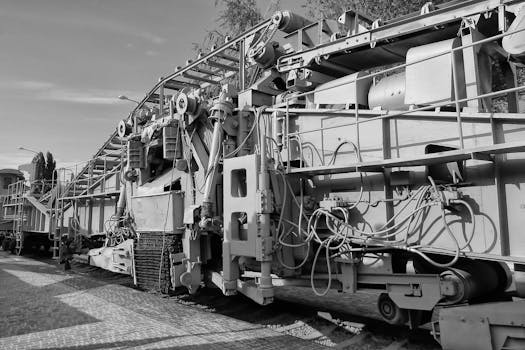
- Medium Used: Hydraulics use incompressible liquids, whereas pneumatics utilize compressible gases.
- Force Generated: Hydraulic systems can generate much higher forces due to the incompressibility of liquids, making them ideal for heavy-duty applications.
- Speed and Response: Pneumatics typically offer faster response times and movements, making them suitable for applications requiring quick actuation.
- Maintenance: Pneumatic systems are often easier to maintain, as they do not require the same level of fluid management as hydraulic systems.
Conclusion
